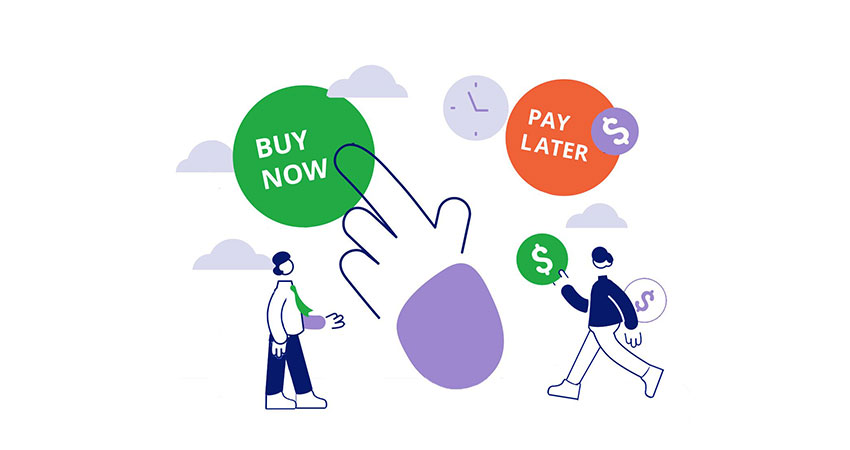Buy now pay later (BNPL) usage continues to grow, as cash-strapped U.S. consumers dinged by inflation use it for a wider variety of purchases. The share of online purchases using BNPL increased 14% and revenue grew 27% in 2022, according to new data from Adobe Digital Insights.
Despite this growth in usage, leading BNPL providers themselves are facing serious challenges, laying off workers and seeing valuations decline as these products prove difficult to make profitable, according to American Banker.
Ecommerce sales from ordering on smartphones is expected to surpass desktop spend for the first time by the end of 2023, while curbside pickup usage is steadily declining, Adobe reported.
In the first two months of 2023, the share of ecommerce orders using BNPL increased again by 10%, Adobe reported, while revenue fell by 19%, indicating that consumers are using the installment method for smaller purchases.
In terms of overall retail spending, Mastercard Spending Pulse put February’s growth at 6.9% vs. last year, unadjusted for inflation.
Broken down by category, BNPL’s share among groceries and home furnishings grew the fastest in January and February, Adobe reported, up 40% and 38%, respectively, from the same period in 2022. By contrast, apparel grew by 8%, and electronics fell by 14%.
“The rise of Buy Now Pay Later usage for groceries tells us that consumers are likely making bigger purchases online to take advantage of special promotions and stock up on staples, thus managing living expenses in more flexible ways,” said Vivek Pandya, lead analyst for Adobe Digital Insights. “The strong online growth of home furnishing purchasing is expected to bolster BNPL adoption, given the higher ticket prices in this category.”
The BNPL trend was reflective of overall spending in these categories during 2022, according to Adobe. It increased 10.2% on home furnishings, to $126 billion, and 10.8% on groceries, to $86.8 billion. Meanwhile spending on electronics was up just 4%, to $202 billion – the top category overall – and apparel fell by 3.8%, to $171.8 billion.
The category trends also held in February, with home furnishings and grocery spending up 12.9% and 26.7%, respectively, while demand for electronics slowed following a record holiday shopping season, down 5.4%. Apparel spending was also down last month, by 0.6%.
The 2022 peak holiday season was a turning point for mobile shopping, Adobe reported, with just over half of sales (51%) coming via smartphones during Cyber Week (Thanksgiving through Cyber Monday). For the year, mobile commerce represented 45% of overall ecommerce sales, but is expect to grow to north of 50% by December.
Curbside pickup, a lifeline for retailers during the pandemic shutdowns, continues to see steady declines, based on Adobe data. In 2021, it represented 23% of online orders, falling to 19% last year and again to 17% in early 2023.
“Consumers tend to leverage the service more for groceries, which saw its share of curbside pickup orders grow 8% YoY in early 2023, compared to a category like electronics, which grew by only 2% in the same period,” Adobe reported. “Once considered a safety necessity during the COVID-19 pandemic, curbside pickup is struggling to provide lasting value to consumers.”
Adobe Digital Insights data is pulled from more than 1 trillion visits to U.S. retail sites, across 100 million SKUs and 18 product categories.

